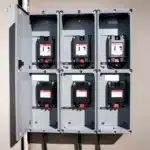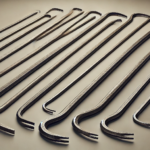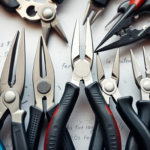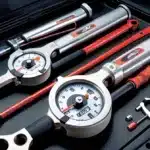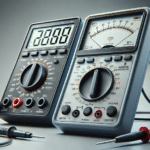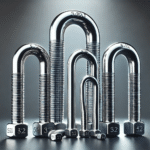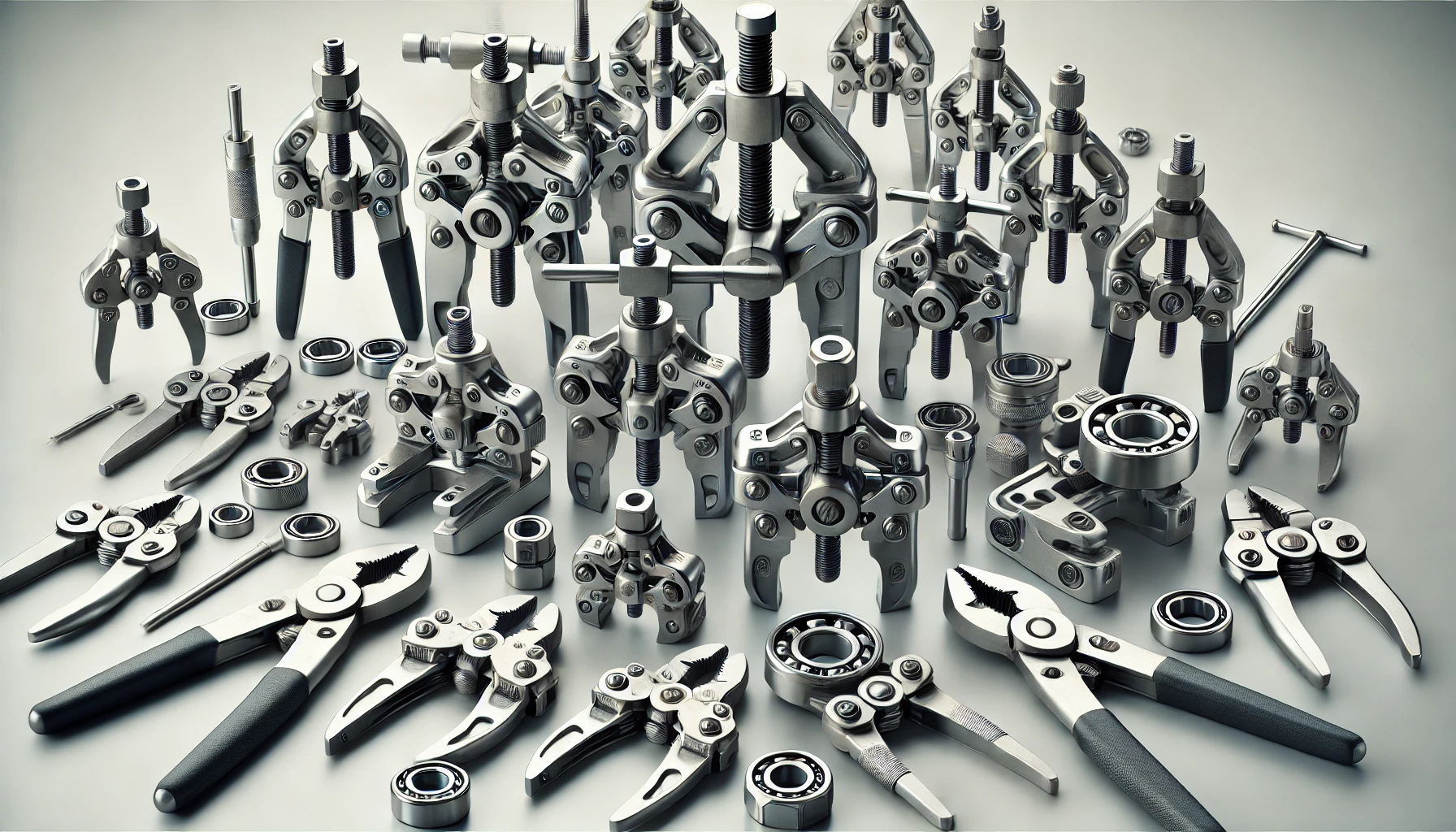
Introduction
Bearings are essential components in various machines and equipment. However, over time, they may wear out, become damaged, or need replacement. Removing bearings manually can lead to damage, take time, and can be challenging without using proper tools. For smooth and efficient removal of bearings, high-performance and versatile tools come into play–bearing pullers. This article explains what bearing pullers are, the different types available, their significance, and common troubleshooting approaches to use them effectively and safely.
Understanding Bearing Pullers: Definition and Functionality
Bearing pullers, also called bearing removers or bearing extractors, are high-performance, versatile tools well-designed to remove bearings from shafts or housings in various mechanical applications. These bearing removal tools also extract gears and pulleys without causing significant damage to the bearings themselves and other surrounding parts. Moreover, they comprise a pulling mechanism (a body with adjustable jaws) that grasps the bearing’s outer or inner edges for its smooth extraction.
A fundamental function of a bearing puller is to ensure the bearings are safely extracted without damaging or bending the shaft or housing from multiple pieces of equipment and machinery. Additionally, these multipurpose tools are essential for maintenance operations where replacing or servicing bearings is necessary to ensure the smooth operation of machinery.
The Importance of Bearing Pullers in Maintenance and Repairs
Bearing pullers are essential in maintenance and repair operations, enabling the safe and efficient removal of bearings from various mechanical components. By using bearing removers, technicians can avoid damaging the bearings or the surrounding parts, ensuring the integrity of the equipment. Additionally, these tools are particularly valuable in situations where bearings are seized or difficult to remove manually, preventing unnecessary downtime and costly repairs.
When Do You Need a Bearing Puller?
Bearing pullers are indispensable tools for mechanics, technicians, and engineers working on machinery, automotive parts, or any equipment that involves bearings. They are essential when:
- A bearing is worn or damaged and needs to be replaced.
- The bearing is press-fitted tightly and is difficult to remove manually.
- Precision is required to avoid damaging shafts or housings.
- Working in machinery where components are delicate and require applying even force.
Bearing Puller Sets: A Collection of High-Quality Bearing Removal Tools
Bearing puller sets, often referred to as bearing puller kits, are essential sets packaged in organised boxes or cases. These sets typically include a variety of specialised pullers, each designed to handle different bearing sizes and configurations. In addition, depending on the type of set, they include components like jaws, hooks, and screws that can be adjusted to fit the specific bearing and housing. The number of pieces within a bearing puller kit also varies depending on the brand and intended purpose of the set.
Types of Bearing Pullers: Choosing The Right Tool For Your Needs
Bearing extractors come in different forms, each suited for different tasks and bearing sizes. Some of the popular types include:
Two-Jaw Bearing Pullers
These mechanical tools have two gripping arms that hook onto the bearing’s outer race. Furthermore, they are effective for simple bearing removals where space is limited and are commonly used for smaller components.
Three-Jaw Pullers
These pullers distribute the pulling force evenly, providing a more balanced grip on the bearing. They are ideal for larger or more stubborn bearings and reduce slipping or uneven pressure during the removal process.
Internal vs. External Bearing Pullers
Internal models are designed to extract bearings from inside housing. They insert hooks or claws between the inner race and pull the bearing off. On the other hand, external pullers grip the bearing’s outer race to remove it from the outside. They are often used for a variety of tight-fitting bearing sizes.
Hydraulic Bearing Pullers
For larger and more stubborn bearings, hydraulic pullers offer the necessary power. Moreover, these pullers use hydraulic force to apply significant pulling power, separating tightly pressed components. They are particularly valued in industrial settings where large machinery bearings are common.
Troubleshooting Common Issues with Bearing Pullers
Over time, bearing removers may encounter issues. However, they can be effectively addressed by implementing the following troubleshooting methods:
Improper Alignment – If the puller isn’t aligned correctly with the bearing, it may slip or fail to remove the bearing properly.
Slipping Jaws – Ensure the jaws have a firm grip on the bearing. Adjust the jaws if slipping occurs during the removal process.
Excessive Force Requirements – If too much force is required, double-check the puller size and setup, as this might indicate a misalignment.
Final Thoughts & Recommendations
Bearing pullers are indispensable tools that provide a safe and effective way to remove bearings without causing damage. In addition, understanding their different types and selecting the right one for the job is essential for safe and successful bearing removal. Always use proper techniques and take necessary precautions to avoid damage to your equipment.






